
Even the most insect-wary gardeners have a special place in their hearts for butterflies. They bring a touch of whimsy and serendipity to our yards, flitting along like fairies and pollinating flowers. Unfortunately, after decades of habitat loss and the decline in biodiversity across the United States, gardening for butterflies has taken on a dire tone. The good news is that gardeners like us can help save them. It all starts with feeding their caterpillars, and for that you need butterfly host plants.
Adult butterflies drink nectar from a wide variety of flowers but will only lay their eggs on compatible host plants that their caterpillars can eat. Some butterfly species have numerous hosts, others have just a few, and some, like monarchs, only have one. Monarch butterflies were added to the IUCN Endangered List in July 2022. Even here in the eastern United States, where the majority of the monarch population resides each summer, they are at risk of extinction. Going out of your way to include these host plants in your landscape can make a world of difference in supporting biodiversity.
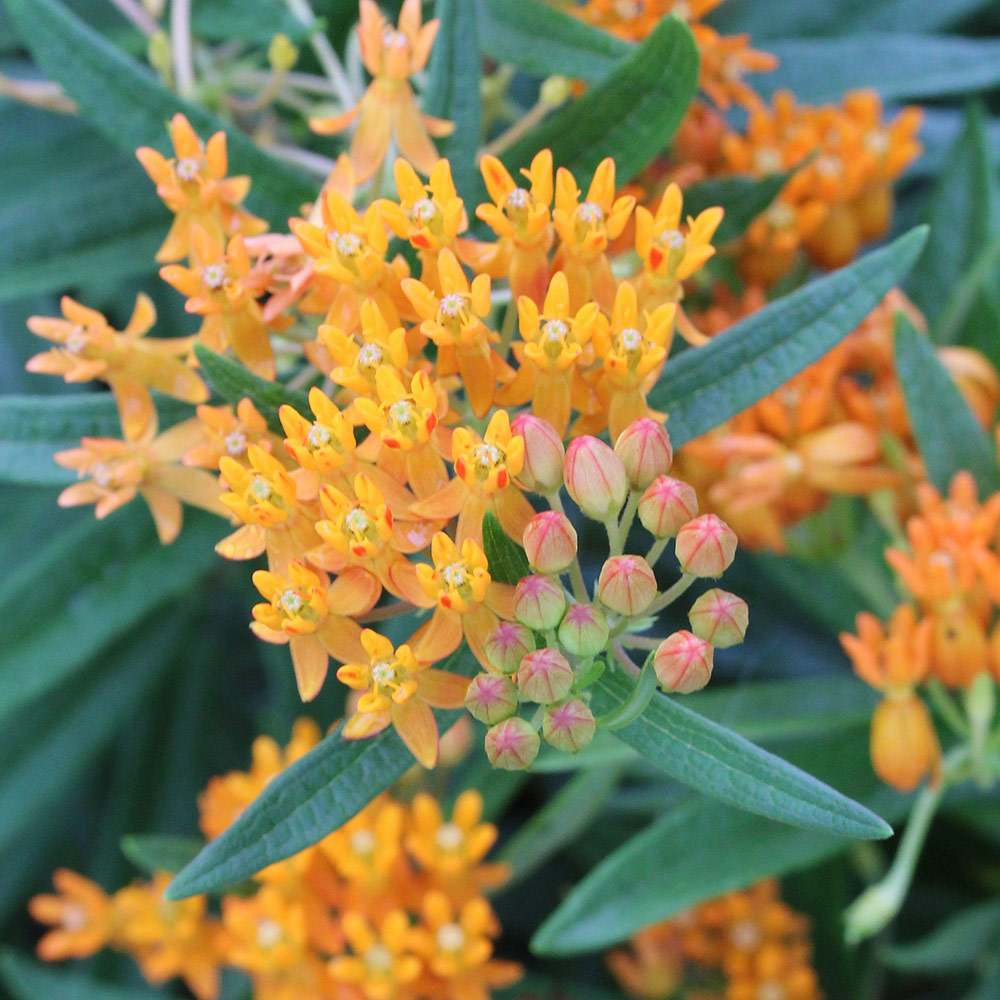
Milkweed
Asclepias spp. and cvs., Zones 3–9
Size: 2 to 4 feet tall and 1½ to 2 feet wide (depending on variety)
Conditions: Full sun and well-draining soil
Bloom time: June through August
Plants in the milkweed genus are the only compatible hosts for the monarch butterfly, and several species are native to the Southeast. Milkweed’s clusters of distinct, starry blooms shine above the lanceolate foliage in summer. Butterfly weed (Asclepias tuberosa, Zones 4–9) and swamp milkweed (Asclepias incarnata, Zones 3–9) are among the best suited milkweeds for urban and suburban gardens because they are prolific bloomers and do not spread aggressively by rhizomes like common milkweed (Asclepias syriaca, Zones 3–9) does, although both species do self-sow. There’s even more landscaping potential with the incredible color variations of cultivars on the market. Research on cultivars of milkweed has shown them to be just as beneficial as the parental species for monarch caterpillars and other pollinators in home gardens.
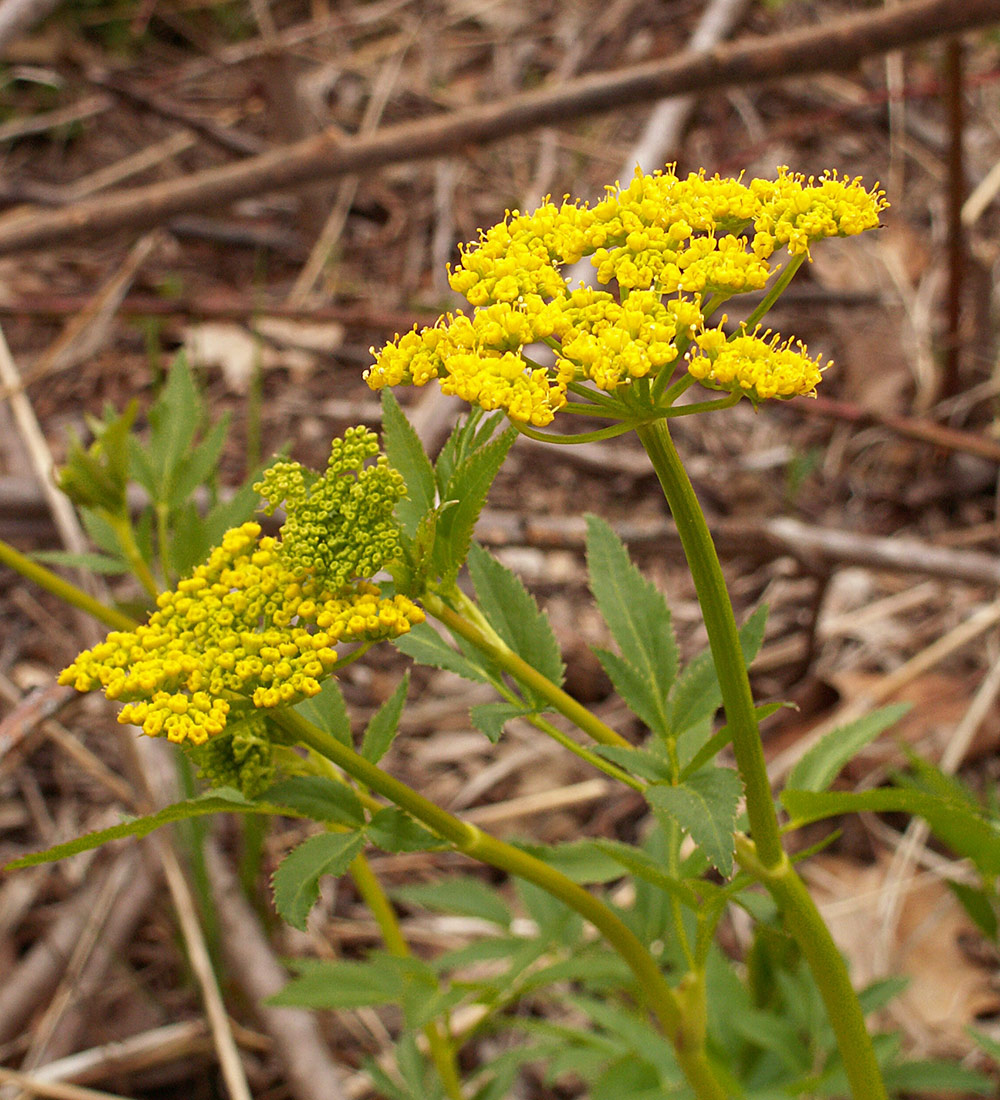
Golden Alexander
Zizia aurea, Zones 4–9
Size: 1½ to 2½ feet tall and 1½ to 2 feet wide
Conditions: Full sun to partial shade and moist to average soil
Bloom time: April through June
This member of the carrot family is an eastern U.S. native and is food for the black swallowtail butterfly. Golden Alexander sports clusters of golden blooms in late spring, each tiny flower balanced perfectly in a structure of dainty stems like an elegant chandelier. Its lacy architecture makes it a wonderful native replacement for the invasive yet popular Queen Anne’s lace (Daucus carota, Zones 3–9). This plant would be right at home in a cottage garden. In summer, its seed heads dry to an attractive purple. Golden Alexander thrives in moist to wet sites in the wild but has proven to be adaptable and a breeze to care for in the garden. Mine grows quite happily in a sunny spot with only the Virginia rain to water it.
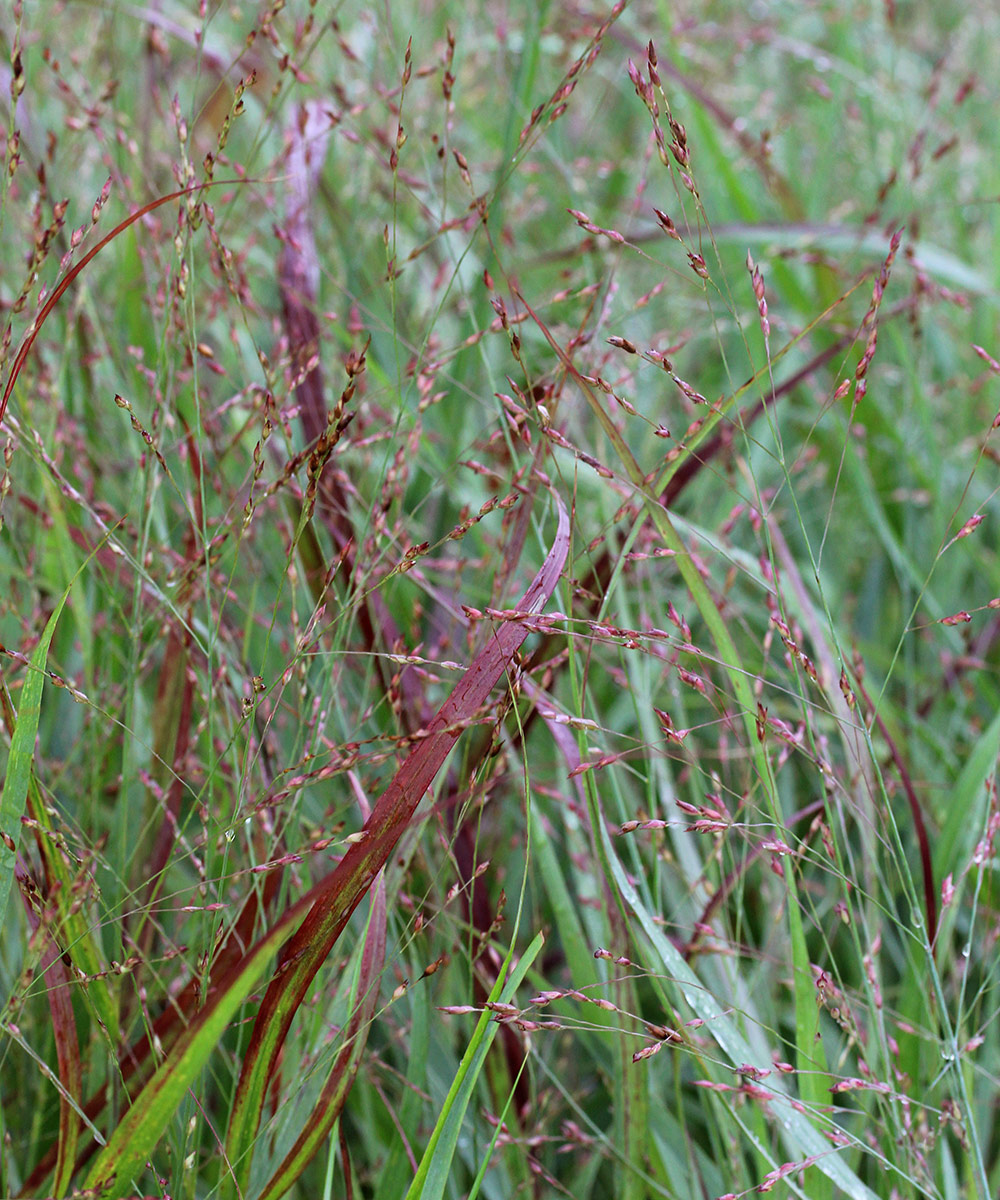
Switchgrass
Panicum virgatum, Zones 4–9
Size: 36 to 72 inches tall and 18 to 36 inches wide (depending on variety)
Conditions: Full sun to light shade and wet to average soil
Bloom time: August
It’s best not to overlook the importance of grasses in butterfly and wildlife gardens. While switchgrass is not a nectar plant, it is the host plant for many types of skippers, satyrs, and the common wood nymph. Its seeds are eaten by pheasants and songbirds once they drop to the ground, and its dense foliage provides shelter for insects and small wildlife. Switchgrass is native to almost every state in the country and will thrive in just about any soil type. Its artfully rolling curls and reddish-purple seed heads bring immense interest. Cultivars on the market push the color-changing capabilities even more, offering pronounced shades of burgundy, maroon, and purple in the fall.
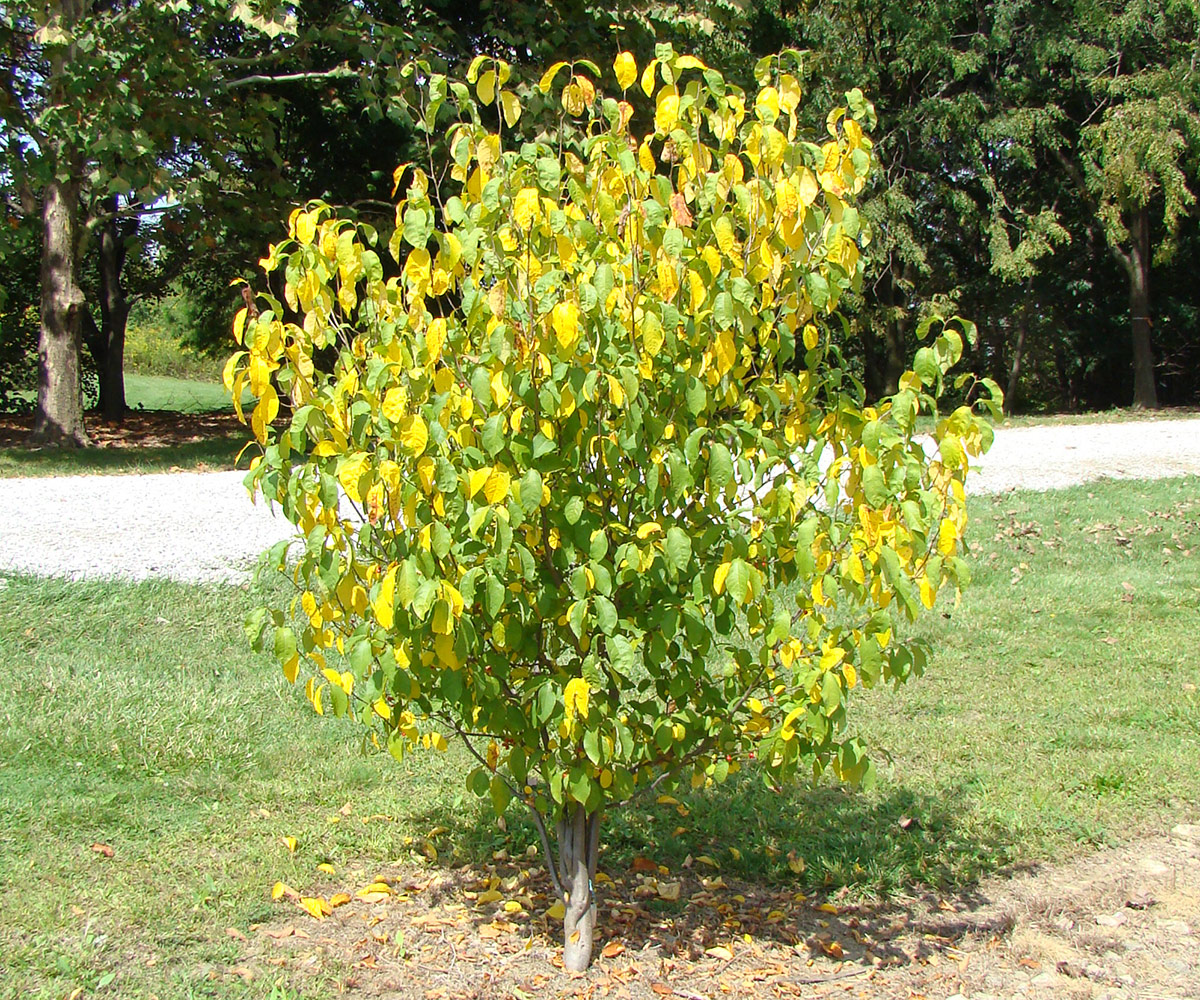
Spicebush
Lindera benzoin, Zones 4–9
Size: 6 to 12 feet tall and wide
Conditions: Full sun to partial shade and moist to average soil
Bloom time: March through April
Another eastern U.S. native, spicebush is a host plant for the eastern tiger swallowtail and the spicebush swallowtail (which also faces a troubling population decline). Tufts of yellow blooms open on otherwise bare stems in early spring, offering a similar glow to forsythia (Forsythia spp. and cvs., Zones 3–9). The female plants produce bright red berries if there’s a male nearby for pollination, much to the delight of birds. In fall, spicebush shines with brilliant yellow foliage. This shrub thrives in partial shade but can handle more sun with sufficient moisture, making it a versatile landscape shrub. In addition to butterfly gardens, it’s great for layering in deciduous borders and softening the boundary between woods and yard space.
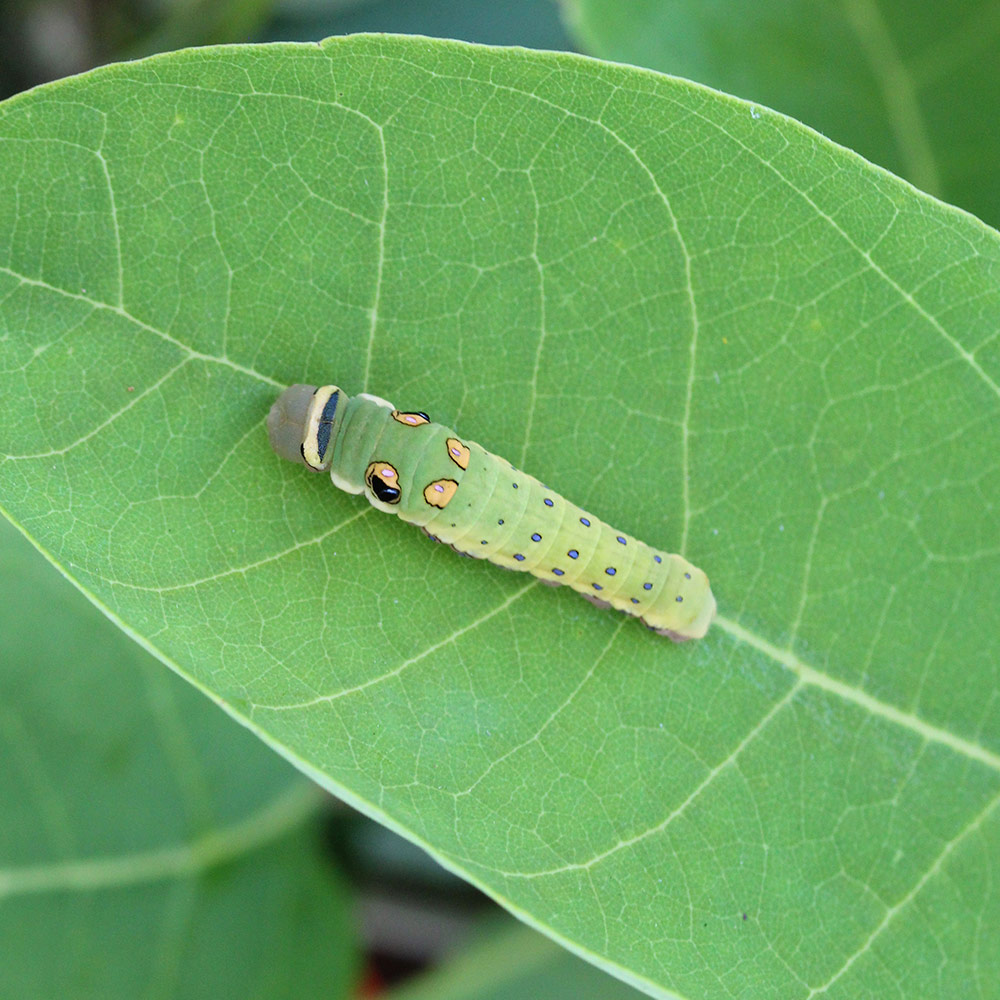
Once you’ve chosen and planted your host plants, remember that gardening for butterflies goes beyond plant choices. It’s also about our perspective on pests. These plants are beacons for all sorts of insects, both beneficial and unwanted. (Some gardeners would call caterpillars pests too.) Because these are host plants, you will have to be OK with parts of the foliage getting eaten by hungry caterpillars. And remember that any pesticides applied to the plant will adversely affect the caterpillars you’ve worked so hard to attract. To get rid of aphids, mild soapy water or a blast from a hose is all you need.
For more information on supporting pollinators, check out:
- Gardening for Pollinators: Everything You Need to Know and Grow for a Gorgeous Pollinator Garden
- Gardening in Harmony With Birds and Pollinators
- Plants and Tips to Attract Pollinators This Spring
And for more Southeast regional reports, click here.
—Cheyenne Wine is a writer and photographer for Rare Roots Nursery in Mechanicsville, Virginia.
Photos, unless otherwise noted: Cheyenne Wine
Fine Gardening Recommended Products
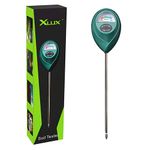
XLUX Soil Moisture Meter

Morvat Heavy Duty Brass Y-Valve

Nelson Multi-Pattern Stationary Sprinkler
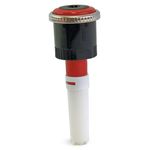
Hunter Industries MP-1000-90 Hunter Nozzle

Dramm Revolution Adjustable 9-Pattern Metal Hose Nozzle






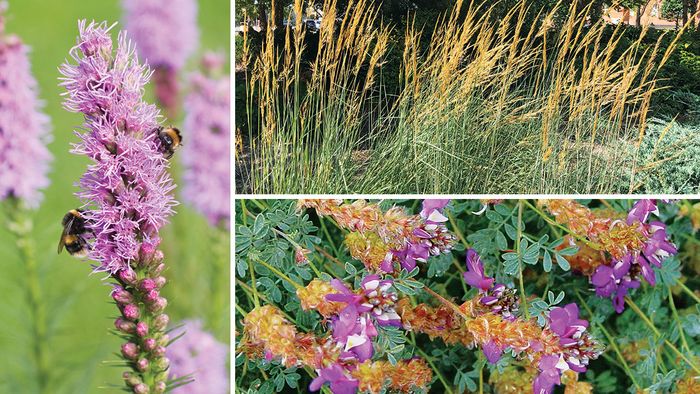

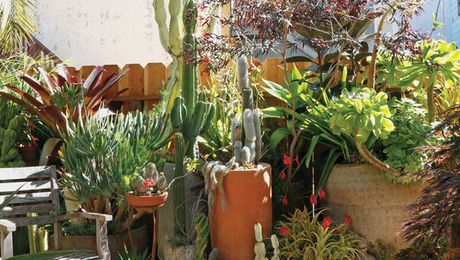









Comments
https://www.finegardening.com/
Log in or create an account to post a comment.
Sign up Log in